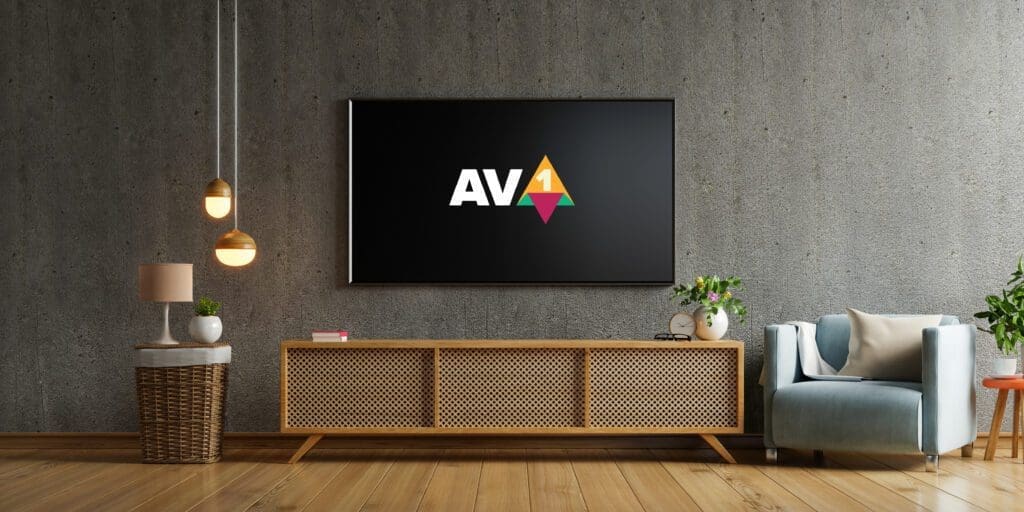Apple’s Worldwide Developer Conference is an annual event used to showcase new software and technologies in the Apple ecosystem. It was created with developers in mind, but sometimes new hardware and devices are announced and its keynote presentations have become must-see events for a much wider audience. There is also usually news about changes and additions to the HTTP Live Streaming (HLS) spec and associated video playback APIs. These HLS updates are often necessary to support new features and capabilities of the announced OS and hardware updates. This post will expand on Apple’s “What’s new in HTTP Live Streaming” document, with additional context for the latest developments that content creators, developers, and streaming services should be aware of.
The lastest HLS updates for 2024
The first draft of the HLS spec (draft-pantos-http-live-streaming) was posted in 2009, then superseded by RFC 8216 in 2017. There are usually draft updates published once or twice per year with significant updates and enhancements. A draft proposal was shared on June 7, that details proposed changes to the spec to be added later this year. Let’s look at some of the highlights below.
Updated Interstitial attributes
In May 2021, Apple introduced HLS Interstitials to make it easier to create and deliver interstitial content like branding bumpers and mid-roll ads. Now, new attributes have been introduced for Interstitial EXT-X-DATERANGE tags, aimed at enhancing viewer experience and operational flexibility.
- X-CONTENT-MAY-VARY: This attribute provides a hint regarding coordinated playback across multiple players. It can be set to “YES” or “NO”, indicating whether all players receive the same interstitial content or not. If X-CONTENT-MAY-VARY is missing, it will be considered to have a value of “YES”.
- X-TIMELINE-OCCUPIES: Determines if the interstitial should appear as a single point “POINT” or a range “RANGE” on the playback timeline. If X-TIMELINE-OCCUPIES is missing, it will be considered to have a value of “POINT”. “RANGE” is expected to be used for ads in live content.
- X-TIMELINE-STYLE: Specifies the presentation style of the interstitial—either as a “HIGHLIGHT” separate from the content or as “PRIMARY”, integrated with the main media. If X-TIMELINE-STYLE is missing, it is considered to have a value of “HIGHLIGHT”. The “PRIMARY” value is expected to be used for content like ratings bumpers and post-roll dub cards.
More detail is available in the WWDC Session “Enhance ad experiences with HLS interstitials“.

Signal enhancements for High Dynamic Range (HDR) and timed metadata
HDR10+
Previously, the specification had not defined how to signal HDR10+ content in a multi-variant HLS playlist. Now you can use the SUPPLEMENTAL-CODECS attribute with the appropriate format, followed by a slash and then the brand (‘cdm4’ for HDR10+). The example Apple provided shows the expected syntax: SUPPLEMENTAL-CODECS=”hvc1.2.20000000.L123.B0/cdm4″. For a long time, HDR10+ was only supported on Samsung and some Panasonic TVs, but in recent years it has been added by other TV brands and dedicated streaming devices like Apple TV 4K and a few Roku models.
Dolby Vision with AV1
Dolby Vision has been the more popular and widespread dynamic HDR format (compared to HDR10+) and now with Apple adding AV1 decoders in their latest generation of processors, they’ve defined how to signal that content within HLS playlists. They are using Dolby Vision Profile 10, which is Dolby’s 10-bit AV1 aware profile. HLS will now support 3 different Dolby Vision profiles: 10, 10.1 and 10.4. Profile 10 is “true” Dolby Vision, 10.1 is their backward compatible version of HDR10 and 10.4 their backward compatible version of Hybrid Log Gamma (HLG). For profiles 10.1 and 10.4, you need to use a SUPPLEMENTAL-CODECS brand attribute and the correct VIDEO-RANGE. For these, 10.1 should use ‘db1p’ and PQ, and 10.4 should use ‘db4h’ and HLG. The full example codec string they provided is: CODECS=”av01.0.13M.10.0.112″,SUPPLEMENTAL-CODECS=”dav1.10.09/db4h”,VIDEO-RANGE=HLG.
If you’re interested in Apple’s overall AV1 Support, you can find more details in this blog post.
Enhanced timed metadata support
HLS now supports multiple concurrent metadata tracks within Fragmented MP4 files, enabling richer media experiences with timed metadata (‘mebx’) tracks. This will enable new opportunities for integrating interactive elements and dynamic content within HLS streams. .
Metrics and logging advancements
The introduction of the AVMetrics API to AVFoundation will allow developers to monitor performance and playback events. This opt-in interface lets you select which subsets of events to monitor and provides detailed insights into media playback, allowing you to optimize streaming experiences further.
More details are available in the AVFoundation documentation and the WWDC 2024 session “Discover media performance metrics in AVFoundation”.
Common Media Client Data (CMCD) standard integration
HLS now supports the CMCD standard, enhancing Quality of Service (QoS) monitoring and delivery optimization through player and CDN interactions. AVPlayer only implemented the preferred mode of transmitting data via HTTP request headers. They have not included support for all of the defined keys and for now is only supported in iOS and tvOS v18 and above. There was no mention of support in Safari.
Bitmovin and Akamai debuted our joint CMCD solution at NAB 2023. You can learn more in our blog post or check out our demo.
FairPlay content decryption key management
As part of ongoing improvements, HLS is deprecating AVAssetResourceLoader for key loading in favor of AVContentKeySession. AVContentKeySession was first introduced at WWDC 2018 and until now, Apple had been supporting both methods of key loading for content protection in parallel. Using AVContentKeySession promises more flexibility and reliability in content key management, aligning with evolving security and operational requirements. This move means any existing use of AVAssetResourceLoader must be transitioned to AVContentKeySession.
Conclusion
The recent HLS updates show Apple’s commitment to enhancing media streaming capabilities across diverse platforms and scenarios. For developers and content providers, staying updated with these advancements not only ensures compliance with the latest standards but also unlocks new opportunities to deliver compelling streaming experiences to audiences worldwide.
If you’re interested in being notified about all of the latest HLS updates or you want to request features or provide feedback, you can subscribe to the IETF hls-interest group.




